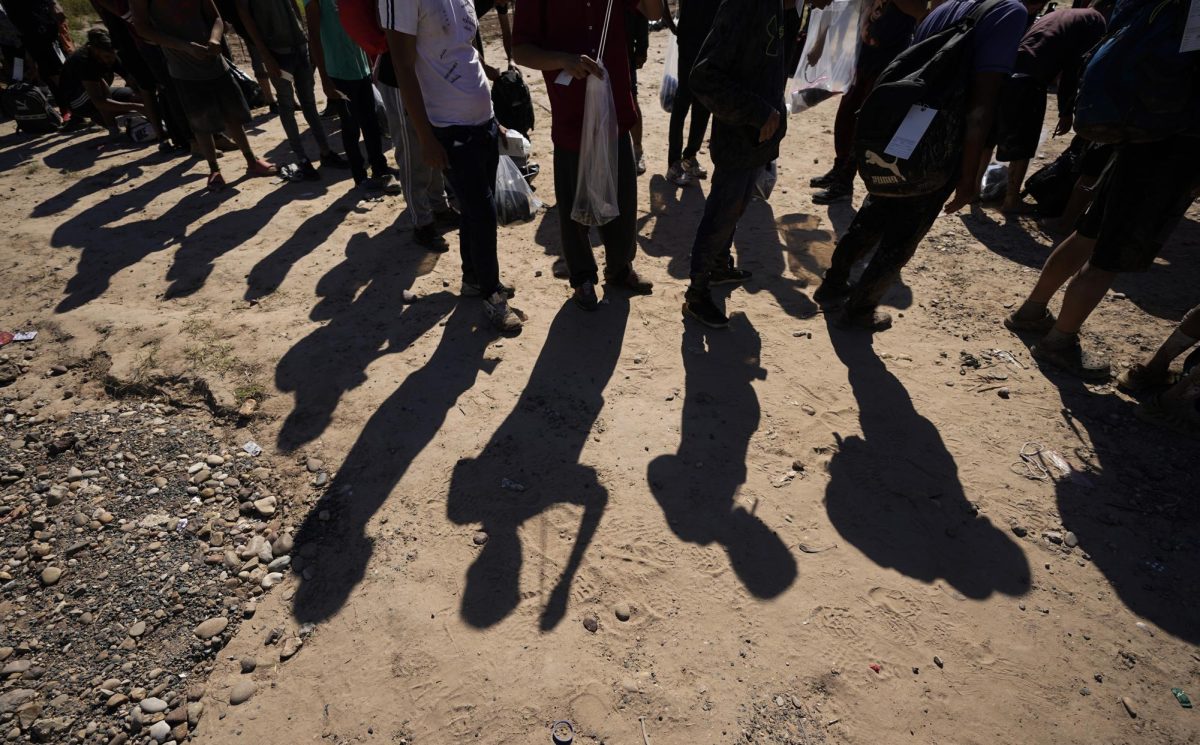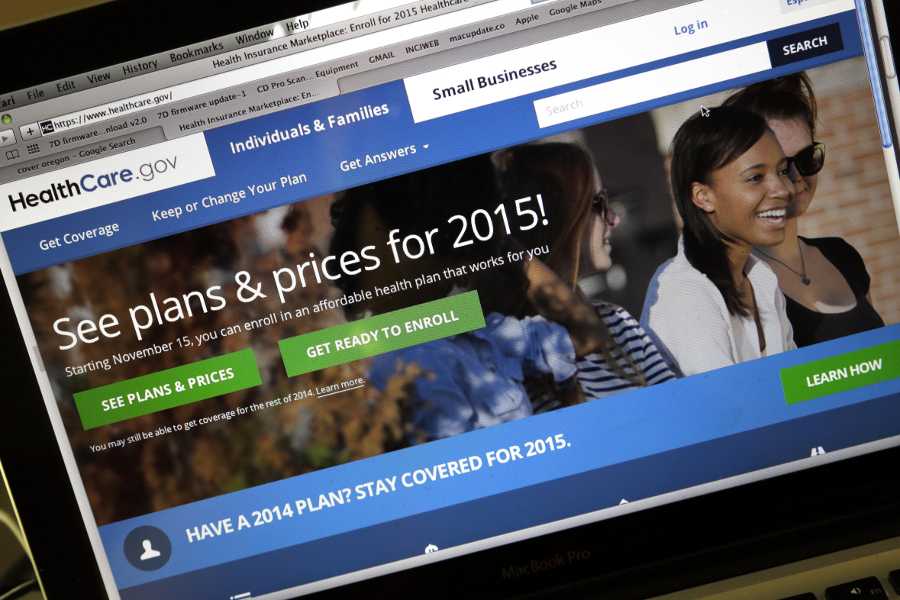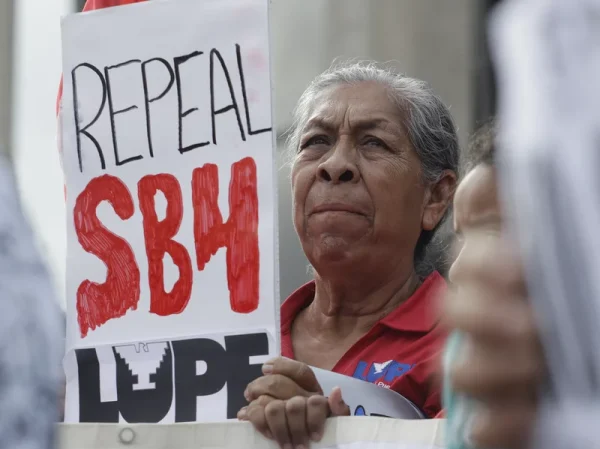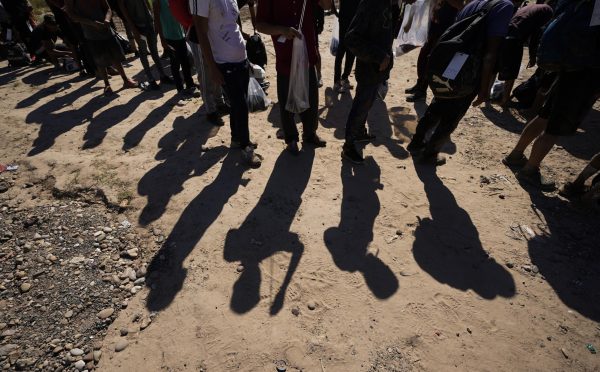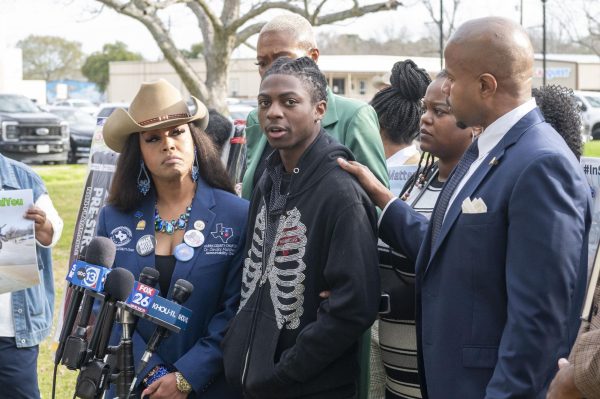Being uninsured in America will cost you more
In his Nov. 12 photo, the HealthCare.gov website, where people can buy health insurance, on a laptop screen, shown in Portland, Ore. Being uninsured in America will cost you more in 2015. In 2015, all taxpayers have to report to the Internal Revenue Service for the first time whether or not they had health insurance the previous year. Most will check a box. It’s also when the IRS starts collecting fines from some uninsured people, and deciding if others qualify for exemptions.
December 29, 2014
WASHINGTON — Being uninsured in America will cost you more in 2015.
In 2015, all taxpayers have to report to the IRS on their health insurance status the previous year. Most will check a box. It’s also when the IRS starts collecting fines from some uninsured people, and deciding if others qualify for exemptions.
What many people don’t realize is that the penalties go up significantly in 2015. Only 3 percent of uninsured people know what the fine for 2015 will be, according to a recent poll by the nonpartisan Kaiser Family Foundation.
For 2014, the fine is the greater of $95 per person or 1 percent of household income above the threshold for filing taxes. It will jump in 2015 to the greater of 2 percent of income or $325. By 2016, the average fine will be about $1,100, based on government figures.
People can get a sense of the potential hit by going online and using the Tax Policy Center’s Affordable Care Act penalty calculator.
Many taxpayers may be able to get a pass. Based on congressional analysis, tax preparation giant H&R Block says roughly 4 million uninsured people will pay penalties and 26 million will qualify for exemptions from the list of more than 30 waivers.
But it’s unclear whether taxpayers are aware of the exemptions.
Deciding what kind of waiver to seek could be crucial. Some can be claimed directly on a tax return, but others involve mailing paperwork to the Department of Health and Human Services. Tax preparation companies say the IRS has told them it’s taking steps to make sure taxpayers’ returns don’t languish in bureaucratic limbo while HHS rules on their waivers.
TurboTax has created a free online tool called “Exemption Check” for people to see if they may qualify for a waiver. Charges apply later if the taxpayer files through TurboTax.
Timing will be critical for uninsured people who want to avoid the rising penalties for 2015. That’s because Feb. 15 is the last day of open enrollment under the health law. After that, only people with special circumstances can sign up. But just 5 percent of uninsured people know the correct deadline, according to the Kaiser poll.
“We could be looking at a real train wreck after Feb. 15,” said Stan Dorn, a health policy expert at the nonpartisan Urban Institute. “People will file their tax returns and learn they are subject to a much larger penalty for 2015, and they can do absolutely nothing to avoid that.”
The insurance requirement and penalties remain the most unpopular part of the health care law. They were intended to serve a broader purpose by nudging healthy people into the insurance pool, helping to keep premiums more affordable.
Sensitive to political backlash, supporters of the health care law have played down the penalties in their sign-up campaigns. But stressing the positive — such as the availability of financial help and the fact that insurers can no longer turn away people with health problems — may be contributing to the information gap about the penalties.
___
Associated Press Social Media Editor Eric Carvin contributed to this report.



